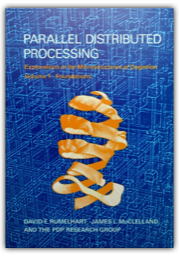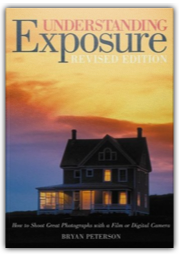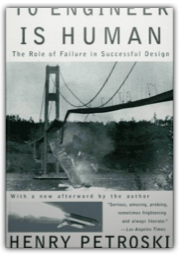

When the first American tax on distilled spirits was established in 1791, violence broke out in Pennsylvania. The resulting Whiskey Rebellion sent hundreds of families down the Ohio River by flatboat, stills on board, to settle anew in the fertile bottomlands of Kentucky. Here they used cold limestone spring water to make bourbon and found that corn produced even better yields of whiskey than rye. Thus, the licit and illicit branches of the distilling industry grew up side by side in the state. This is the story of the illicit side—the moonshiners’ craft and craftsmanship, as practiced in Kentucky. A glossary of moonshiner argot sheds light on such colorful terms as "puker,""slop," and "weed-monkey." David Maurer’s tone is tongue-in-cheek, but he provides a realistic look at the Kentucky moonshiner and the moonshining industry. 

DESIGN BASICS is a popular introduction to two-dimensional design. Each concept is presented in a full two- or four-page spread, making the text practical and easy for students to refer to while they work. The modular format also gives instructors the utmost flexibility in organizing their course. Visual examples from many periods, peoples, and cultures are provided for all elements and principles of design, and the diversity of illustrations also includes examples from nature and non-art sources, encouraging students to see these principles in the world. 
Hang a curtain too close to a fireplace and you run the risk of setting your house ablaze. Drive a car on a pitch-black night without headlights, and you dramatically increase the odds of smacking into a tree. 
For serious amateur photographers who already shoot perfectly focused, accurately exposed images but want to be more creative with a camera, here's the book to consult. More than seventy techniques, both popular and less-familiar approaches, are covered in detail, including advanced exposure, bounced flash and candlelight, infrared, multiple images, soft-focus effects, unusual vantage points, zooming, and other carefully chosen ways to enhance photographs. The A-Z format make sit easy for readers to find a specific technique, and each one is explained in jargon-free language. Top Tips for each technique help readers achieve superb results, even on the first attempt. 
The moral of this book is that behind every great engineering success is a trail of often ignored (but frequently spectacular) engineering failures. Petroski covers many of the best known examples of well-intentioned but ultimately failed design in action — the galloping Tacoma Narrows Bridge (which you've probably seen tossing cars willy-nilly in the famous black-and-white footage), the collapse of the Kansas City Hyatt Regency Hotel walkways — and many lesser known but equally informative examples. The line of reasoning Petroski develops in this book were later formalized into his quasi-Darwinian model of technological evolution in The Evolution of Useful Things, but this book is arguably the more illuminating — and defintely the more enjoyable — of these two titles. Highly recommended. |

Henry Petroski, “America’s poet laureate of technology” (Kirkus Reviews)–author of The Pencil and The Evolution of Useful Things–now gives us an entertaining and perceptive study of design in everyday life, while revealing the checkered pasts, and some possible futures, of familiar objects. 
The appeal of Dava Sobel's Longitude was, in part, that it illuminated a little-known piece of history through a series of captivating incidents and engaging personalities. Nathaniel Philbrick's In the Heart of the Sea is certainly cast from the same mold, examining the 19th-century Pacific whaling industry through the arc of the sinking of the whaleship Essex by a boisterous sperm whale. The story that inspired Herman Melville's classic Moby-Dick has a lot going for it—derring-do, cannibalism, rescue—and Philbrick proves an amiable and well-informed narrator, providing both context and detail. We learn about the importance and mechanics of blubber production—a vital source of oil—and we get the nuts and bolts of harpooning and life aboard whalers. We are spared neither the nitty-gritty of open boats nor the sucking of human bones dry. 
"A stunning array of images of art, architecture, industrial design and household objects from the age in which the machine was seen as a potent and fresh inspiration." —New York Times Book Review |

My Library
Collection Total:
1165 Items
1165 Items
Last Updated:
Sep 9, 2009
Sep 9, 2009





 Made with Delicious Library
Made with Delicious Library